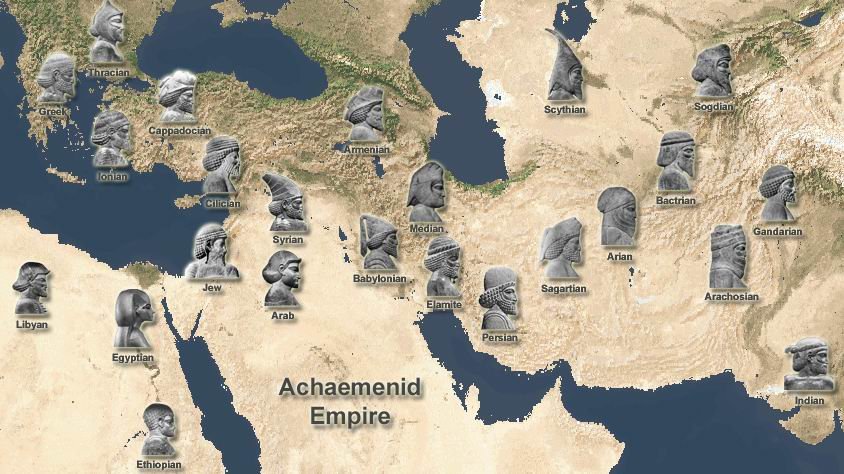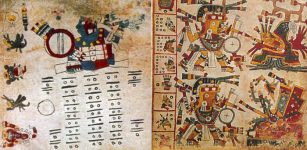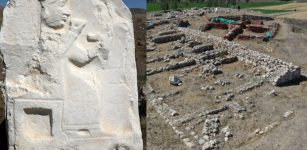Priceless Cuneiform Clay Tablets Of The Achaemenid Empire On Display At Qazvin Museum
Conny Waters - AncientPages.com - Founded by Cyrus the Great, one of the most outstanding figures in human history, the First Persian Empire also known as the Achaemenid Empire.
Including parts of Central Asia, the Mediterranean, North Africa, and even European territories such as ancient Thrace and Macedonia, the Achaemenid Empire accounted for approximately 49.4 million of the world’s 112.4 million people.
Achaemenid Empire Was The World’s Largest Ancient Empire. Image credit: Cyrus Shamiri
Although it lasted only about 200 years, until the death of Darius III in 330 B.C., following his defeat by Alexander the Great, it became the world’s largest empire.
The legacy of the Achaemenid Empire, the world's first superpower has been documented on clay tablets people can admire today.
The Qazvin Museum in Iran has put on display 40 cuneiform clay tablets belonging to the Achaemenid Era. These precious ancient tablets were returned to Iran after being held in the US for over 80 years.
Credit: Tehran Times
“Among the displayed items was also the 3,000-year-old grave of a woman discovered in the Sagzabad area of Qazvin, belonging to the Iron Age. In this tomb, a skeleton of a woman about 50 years old can be seen, which, together with the burial objects, indicates that it is about 3,000 years old.
Credit: Tehran Times
The names of the royal family and government officials of the historical Achaemenid period can also be seen in the Elamite script on these tablets, dating to the middle of the reign of Darius the Great, the Achaemenid king,” Iran Daily reports.
Credit: IRNA
Getting the ancient Persian artifacts back has not been an easy task. The ancient objects’ fate has long been troublesome because the United States did not want to return the items. The ancient objects were on loan from Iran to the Oriental Institute of the University of Chicago since the 1930s.
See also: Cuneiform Tablets: One Of The Earliest Systems Of Writing Invented By The Sumerians
In February this year, US federal court, ruled in favor of Iran and the artifacts were returned to their home country.
The Qazvin Museum’s displayed items were part of 1,780 ancient tablets that were repatriated from the Oriental Institute of the University of Chicago last year.
Written by Conny Waters - AncientPages.com Staff Writer
























